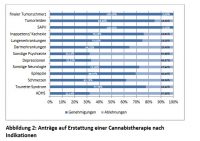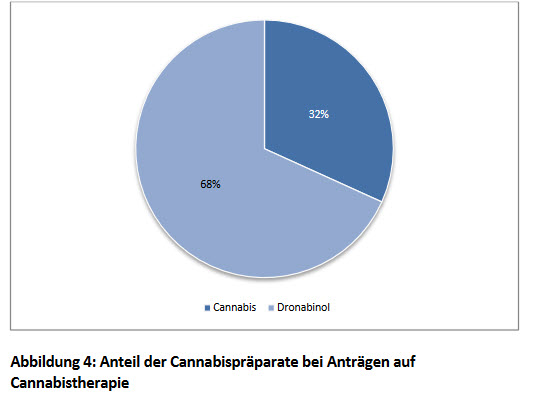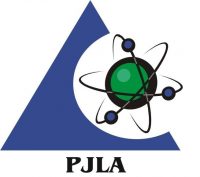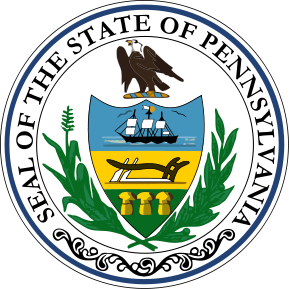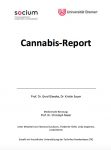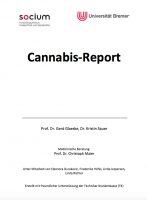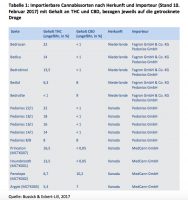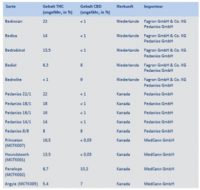Editor’s Note: The views expressed in this article are the author’s opinions based on his experience working in the laboratory industry. This is an opinion piece in a series of articles designed to highlight the potential problems that clients may run into with labs.
In the previous article, I discussed the laboratory’s first line of defense (e.g. certification or accreditation) when a grower, processor or dispensary (user) questions a laboratory result. Now let us look behind this paperwork wall to the laboratory culture the user will encounter once their complaint is filtered past the first line of defense.
It is up to the client (processor, grower or dispensary) to determine the quality of the lab they use.In an ISO 17025 (2005 or 2017) and TNI accreditation, the laboratory must be organized into management, quality and technical areas. Each area can overlap as in the ISO 17025-2017 standard or be required to remain as separate sections in the laboratory as in the ISO 17025-2005 or TNI 2009 standards. ISO 17025 standards (e.g. 2005 and 2017) specifically require a separation of monetary benefits for laboratory results as it applies to the technical staff. This “conflict of interest” (CoI) is not always clearly defined in the laboratory’s day-to-day practices.
One example that I have experienced with this CoI separation violation goes back to my days as a laboratory troubleshooter in the 1990s. I was called into a laboratory that was failing to meet their Department of Defense (DoD) contract for volatile organic hydrocarbon analyses (VOAs) of soil samples by purge trap-gas chromatography-mass spectroscopy. I was required to “fix” the problem. What I determined was:
- The analytical chemists performing the VOAs analyses were high school graduates with no coursework in chemistry or biology.
- There was no training program in place for these analysts in instrument use, instrument troubleshooting and interpretation of the analytical results.
- The only training the analysts received was for simple instrument set-up and basic instrument computer software use. (e.g. Push this button and send results to clerks)
- Clerks with a high school degree and no analytical chemistry training in the business office generated the final reports and certified them as accurate and complete.
None of the staff was technically competent to perform any in-depth VOAs analytical work nor was the clerical staff competent to certify the results reported.
When I pointed out these discrepancies to the laboratory management, they declined to make any changes. The laboratory management had a direct monetary interest in completing all analyses at the lowest costs within the time limit set by DoD. If the laboratory did not complete the analyses as per the DoD contract, DoD would cancel the contract and not pay the laboratory.
The DoD, in a “Double Blind” test sample, later caught this laboratory.. A Double Blind test sample is used to check to see if the laboratory is performing the tests correctly. The laboratory does not know it is a test sample. So if the laboratory is cheating, they will be caught.This does not mean that all laboratories have staff or management issues
Once the laboratory was caught by DoD with the Double Blind, laboratory management claimed they were unaware of this behavior and management fired all analytical staff performing VOAs and clerical staff reporting the VOAs results to show DoD that it was a rogue group of individuals and not the laboratory management. The fired staff members were denied unemployment benefits as they were fired with cause. So, the moral to this story is if the analytical staff and specifically the clerical staff had wanted to hold the laboratory management accountable for this conflict of interest, they may have been fired, but without cause. The staff would have kept their reputation for honesty and collected unemployment benefits.
I have witnessed the “CoI above repeatedly over the last 30+ years both in laboratories where I have been employed and as a consultant. The key laboratory culture problems that lead to these CoI issues can be distilled into the following categories:
- Financial CoI: In the financial CoI, the laboratory management must turn out so many analytical test results per day to remain financially solvent. The philosophical change that comes over management is that the laboratory is not producing scientific results, but is instead just churning out tests. Therefore, the more tests the laboratory produces, the more money it makes. Any improvement in test output is to be looked upon favorably and anything that diminishes test output is bad. So, to put this in simple terms: “The laboratory will perform the analyses quickly and get the report sent to the user so the laboratory can be paid. Anything that slows this production down will not be tolerated!” To maximize the Return on Investment (RoI) for the laboratory, management will employ staff that outwardly mirrors this philosophy.
- I Need This Job CoI: This is the CoI area that poor quality lab technical staff and clerical staff most readily falls into. As outlined in the example above, both the analytical staff and clerical staff lacked the educational credentials, the technical training to be proficient in the use of the analytical instruments, ability to identify problems performing the analytical methods or complications in reporting analytical results. That means they were locked into the positions they held in this specific laboratory. This lack of marketable skills placed pressure on these staff members to comply with all directives from management. What happened to them in the end was regrettable, but predictable. Management can prey on this type of staff limitation.
- Lack of Interest or Care CoI: This form of CoI is the malaise that infects poor quality laboratories, but can reach a level in management, quality and technical areas as to produce a culture where everyone goes through the moves, but does not care about anything but receiving their paycheck. In my many years of laboratory troubleshooting this type of CoI is the most difficult to correct. Laboratories where I had to correct this problem required that I had to impress on the staff that their work mattered and that they were valued employees. I had to institute a rigorous training program, require staff quality milestones and enforce the quality of work results. During my years of laboratory troubleshooting, I only had to terminate three laboratory staff for poor work performance. Unfortunately after I left many of these laboratories, management drifted back to the problems listed above and the laboratory malaise returned. This proves that even though a laboratory staff can achieve quality performance, it can quickly dissolve with lax management.
So, what are the conclusions of this article?
- Laboratory culture can place profit over scientific correctness, accuracy and precision.
- Laboratory management sets the quality of staff that determines the analytical results and report quality the user receives.
- Laboratory quality can vary from acceptable performance to unacceptable performance over the lifetime of the laboratory depending on management.
- This does not mean that all laboratories have staff or management issues. It is up to the client (processor, grower or dispensary) to determine the quality of the lab they use.
The next article in this series will introduce the user to the specific Quality Control (QC) analyses that an acceptable laboratory should perform for the user’s sample. These QC analyses are not always performed by accredited laboratories as the specific state that regulates their cannabis program does not require them. The use of these QC samples is another example of how laboratory’s with poor quality systems construct another paper work wall.










